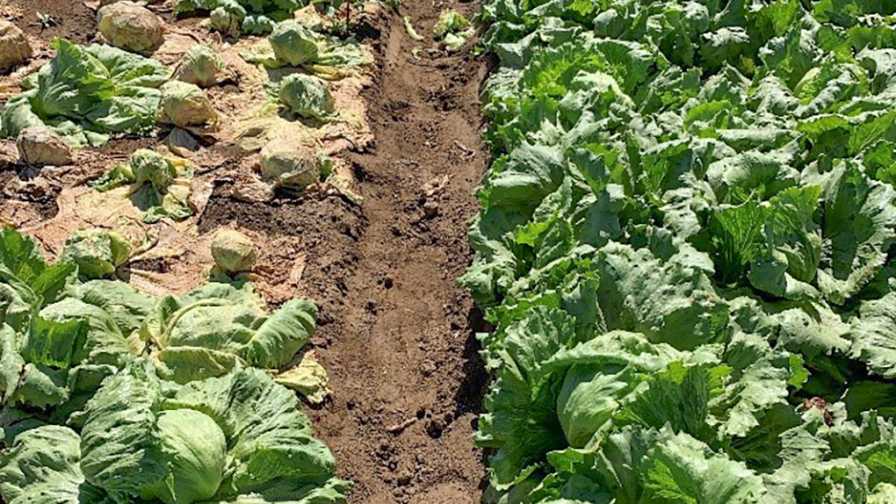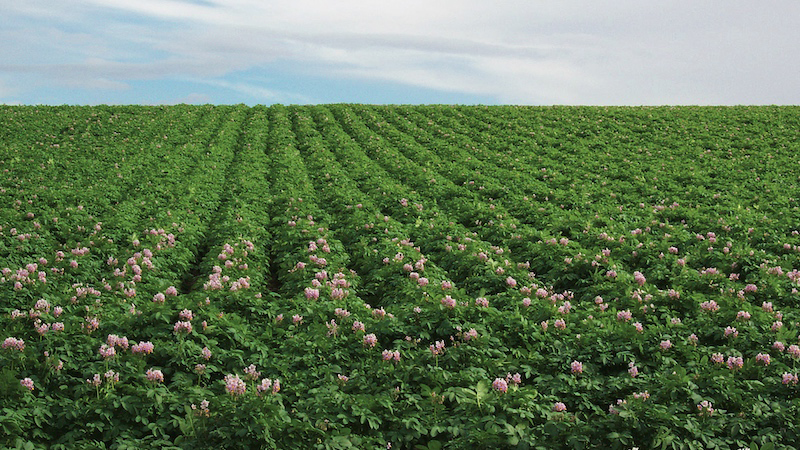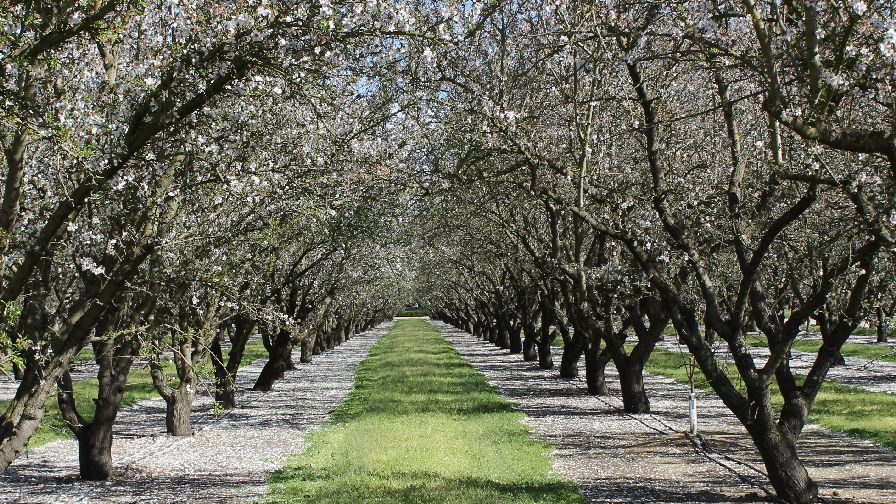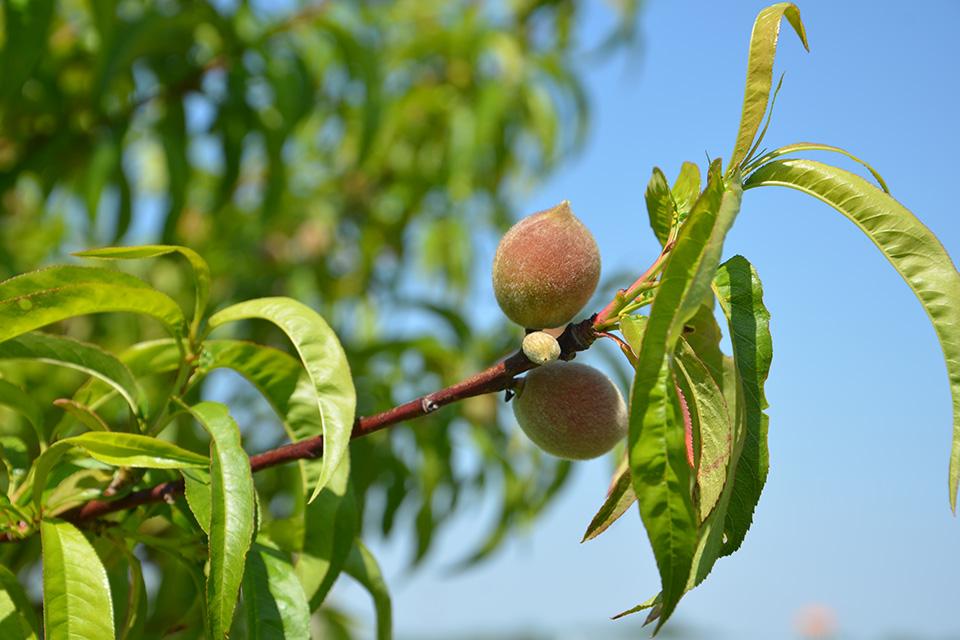78,000 Giant Snails Captured … And Counting

One year has passed since the Florida Department of Agriculture and Consumer Services (FDACS) and USDA positively identified a population of giant African land snails (GALS) in the Coral Gables area of Miami-Dade County. In response to the find, federal and state agriculture officials immediately established a program office and today, they continue an aggressive effort to survey, collect and apply snail bait to areas surrounding positive properties.
More than 78,000 snails have been collected on 350 positive properties in 18 core areas of Miami-Dade County. The giant African land snail has not been found outside of Miami-Dade County.
“After one year of battling the giant African land snail with every tool currently available to us, we are still confident we can win this fight,” Division Director Richard Gaskalla said at a recent program strategy meeting. “However, we need the continued help of the public if we are to successfully eradicate this dangerous pest,” Gaskalla added.
Program officials continue to refine eradication techniques including development of experimental trap designs, researching alternative bait treatments, modifying habitats to eliminate snail hiding places, conducting enhanced regulatory inspections of lawn maintenance companies and solid waste facilities, and continued public outreach and education activities.
Though hundreds of snails continue to be collected each week, recent program adjustments should start to significantly reduce the number of snails. However, it will likely be some time before they will be eliminated. According to federal regulations, eradication can only be declared two years after the last snail is collected.
Scientists consider the GALS to be one of the most damaging snails in the world because they are known to consume at least 500 different types of plants. The snails can also cause structural damage to buildings – they consume plaster and stucco due to the calcium required by the snails to grow what will be their large shells. In large numbers, GALS can cause extensive damage.
Public health concerns also surround this and other types of snails and slugs because they can carry a parasitic nematode which can cause a form of meningitis in humans.
Originally from East Africa, the giant African land snail, Achatina fulica, is one of the largest land snails in the world growing up to 8 inches in length. Each snail can live as long as nine years and contains both female and male reproductive organs. After a single mating session, each snail can produce 100 to 400 eggs. In a typical year, every mated adult lays about 1,200 eggs.
For more information, visit FreshFromFlorida.com/pi.








